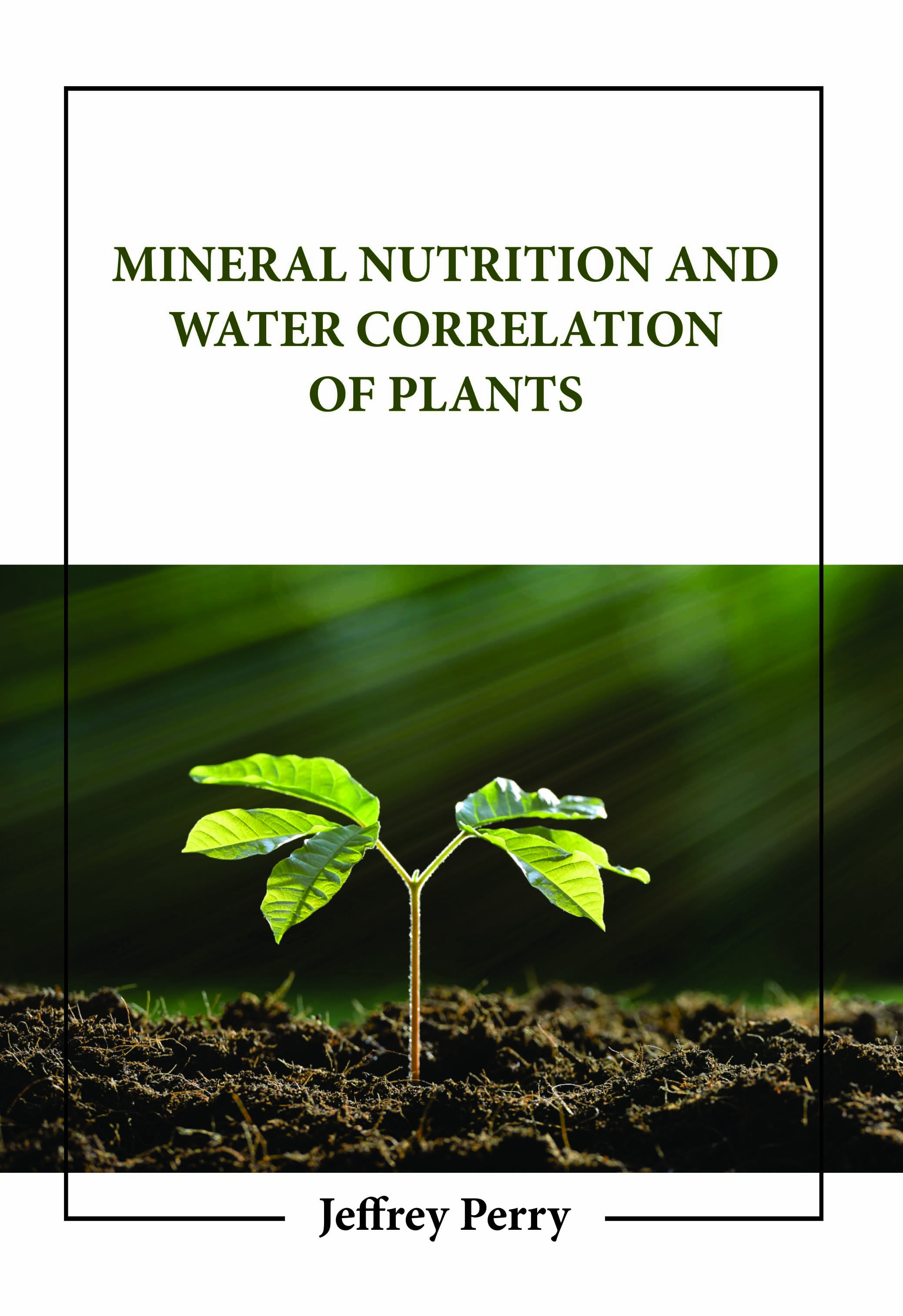
Mineral Nutrition and Water Correlation of Plants
by Jeffrey Perry
| ISBN | 9781806247318 |
|---|---|
| Publisher | Digital Drive Learning |
| Copyright Year | 2026 |
| Price | $260.00 |

by Jeffrey Perry
| ISBN | 9781806247318 |
|---|---|
| Publisher | Digital Drive Learning |
| Copyright Year | 2026 |
| Price | $260.00 |
Water is necessary for plants and animals, and understanding how plants relate to water is crucial. It acts as a conduit for the disintegration of materials. Plants absorb a tremendous amount of water daily, and they lose a sizable amount through transpiration. Varying plant categories require different amounts of water. Plant roots take water and soluble mineral salts from the soil through their root systems which are provided by the unicellular root hairs that sporadically invade the interspaces between the soil particles. These root hairs absorb the water surrounding these soil particles in thin films. Plant interaction exists with environmental chemicals other than carbon, hydrogen, and oxygen. Most of the mineral nutrients plants need are extracted from soil or water solutions. Most mineral nutrients come from the weathering of minerals found in the Earth's crust, hence their name. Nitrogen is unique in that it is rarely found in minerals; instead, atmospheric nitrogen gas serves as the main supply. Mineral nutrition is the process through which plants absorb, use, and assimilate inorganic compounds or minerals to synthesize the necessary elements for their growth, development, structure, and physiology. Mineral nutrients are the inorganic substances that can be extracted from soil and utilized by plants as a source of nutrition. The book is appropriate for setting up a mineral, quality control, plant, and water laboratory. The main goal is to assist in providing fertilizer recommendations for the highest possible production.